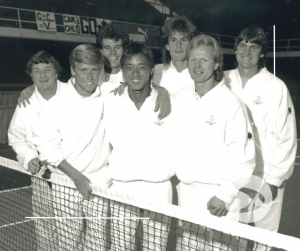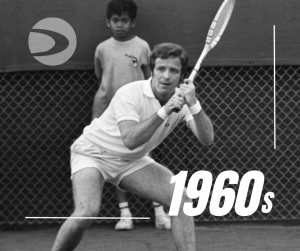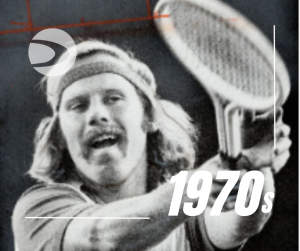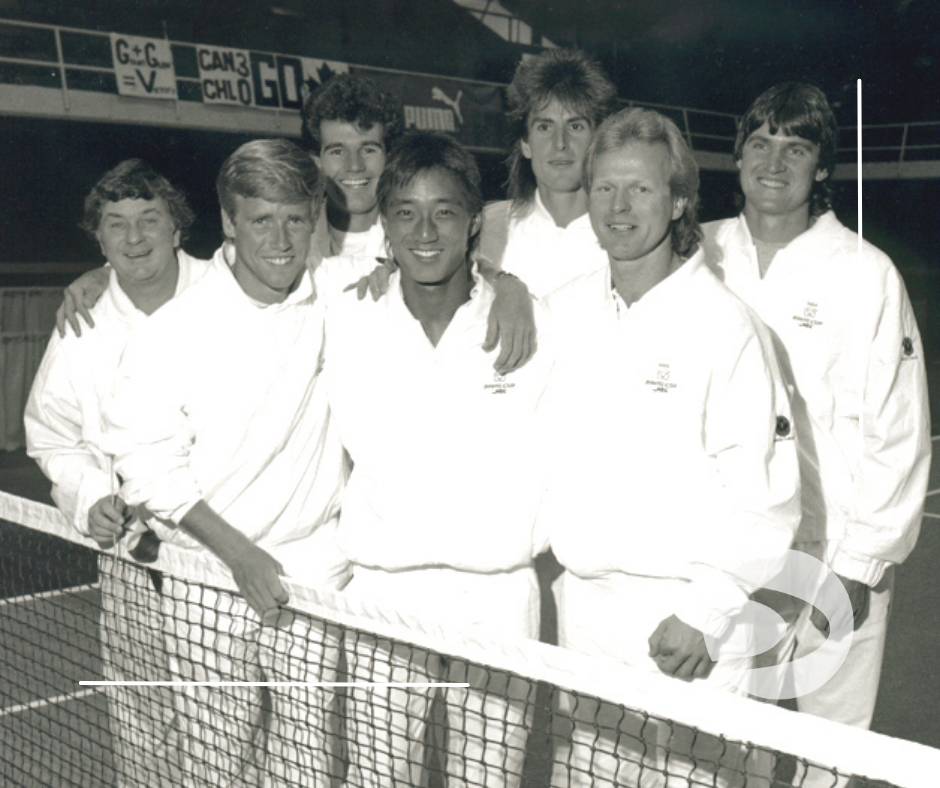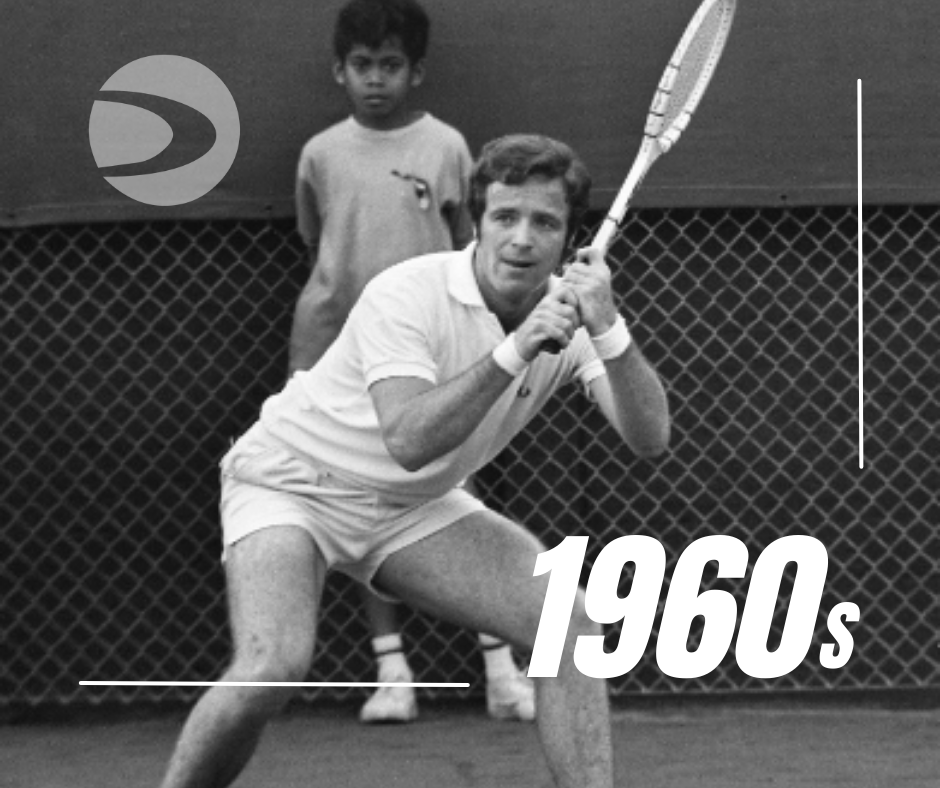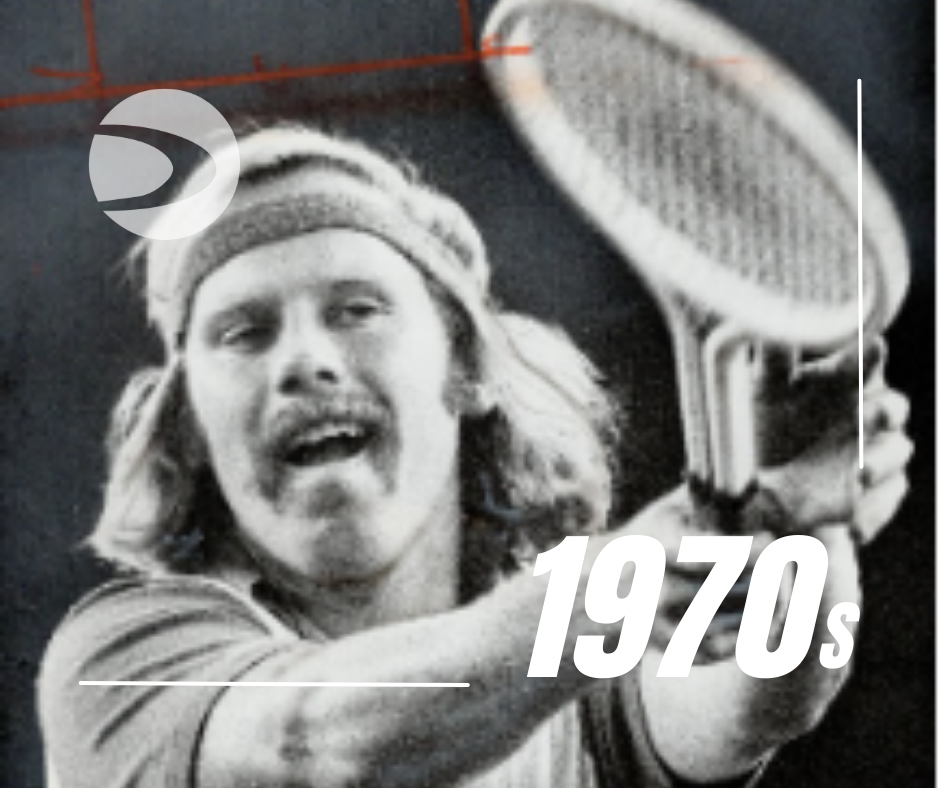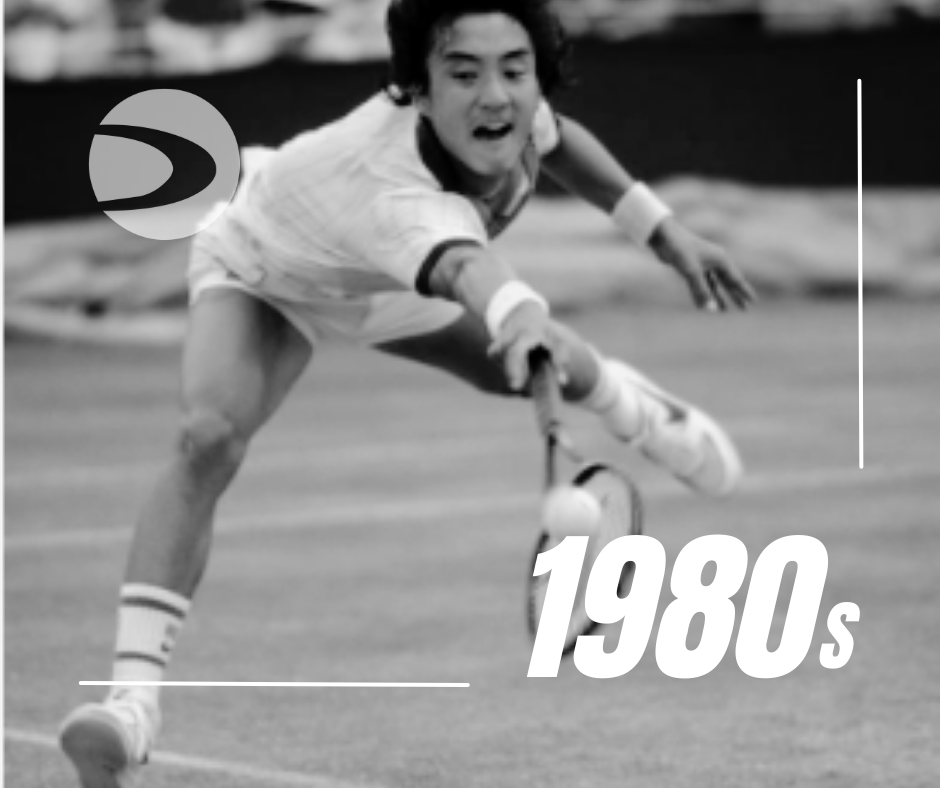BY CRAIG O’SHANNESSY
Cameron Norrie’s blocking backhand versus Nikoloz Basilashvili’s free-wheeling forehand. This was the micro-battle that decided the fate of the BNP Paribas Open final.
Norrie defeated Basilashvili 3-6, 6-4, 6-1 Sunday evening in the desert by absorbing, redirecting, and ultimately dismantling the barrage of power that was thrown at his backhand wing through the Deuce court. It was a masterful display of counter-attacking that took time to develop, with Norrie trailing a set-and-a-break (6-3, 2-1) early on. But from 4-4 in the second set, Norrie reeled off eight of the next nine games and 70 per cent (37/53) of points to run away with a stunning victory.
Norrie’s backhand is a study in efficiency. His straight-arm technique starts with minimal backswing. It has no moving parts to break down. It devours power for breakfast, and it was the ideal kryptonite to disassemble Basilashvili’s flamboyant forehand.

Basilashvili committed 50 groundstroke errors (excluding returns, volleys & overheads) in the final, including 34 on his forehand and 16 on his backhand. If you dig a layer deeper and examine the preceding shot from Norrie before these errors, the real narrative of the match unfolds before your eyes.
50 Basilashvili Groundstroke Errors & Preceding Shot From Norrie
- 21 forehand errors following a Norrie backhand
- 13 forehand errors following a Norrie forehand
- 10 backhand errors following a Norrie forehand
- 6 backhand errors following a Norrie backhand
Norrie’s master plan of shoveling his backhand crosscourt and providing Basilashvili absolutely nothing to work with took time to mature. Basilashvili only yielded one forehand error in the opening set from a Norrie backhand. That grew to eight in the second set as Norrie wrestled control of the momentum and blossomed to 12 in the third set as the British lefty raced to the finish line. Basilashvili did accumulate 20 groundstroke winners (15 forehand / five backhand), but they were largely inconsequential, as were Norrie’s seven groundstroke winners.
Norrie was a dog with a bone, mining forehand errors as the sun set in the California desert.

The inner workings of this micro-battle uncover an unusual dynamic that almost always ends up with the forehand taking the honours. Not this time. Firstly, it’s important to recognize that Norrie is left-handed. If this was a righty-to-righty match-up, Basilashvili would be attacking his opponent’s backhand with a more potent run-around forehand through the Ad court. That’s typically right in the Georgian’s wheelhouse.
But to get to Norrie’s backhand, Basilashvili had to attack crosscourt through the Deuce court, which is where Norrie’s cunning trap was set. Normally you see a player under fire on the backhand wing try and redirect the ball away from the opponent’s more powerful forehand. Not Norrie. The Brit was steadfast going back crosscourt to Basilashvili’s forehand, and the more angle that developed in the rally the better. Basilashvili was constantly presented with a low, ultra-flat ball out wide in the Deuce court that he could do almost nothing with — except miss. It was about as far out of his strikezone as a ball could get, and extremely difficult to go down the line with because it was so low and short in the court.
Norrie fed off Basilashvili’s power, counter-punching his way to the biggest title of his career. Norrie normally looks for more forehands in a match, getting the ball up high to his opponent’s backhand wing, but that was not where the errors existed in this match. Norrie wanted backhands to break down Basilashvili’s forehand, and he hit more backhands in the final compared to his previous four rounds.
Norrie’s Backhand to Forehand Ratio Leading To The Final
- Final v Basilashvili = 50% backhands (138 backhands / 136 forehands)
- SF v Dimitrov = 41% backhands (147 forehands / 102 backhands)
- QF v Schwartzman = 42% backhands (131 forehands / 93 backhands)
- R16 v Paul = 32% backhands (244 forehands / 113 backhands)
- R32 v Bautista Agut = 46% backhands (302 forehands / 259 backhands)
The bunt backhand bamboozled the swashbuckling forehand. Welcome to the Top 20, Cameron Norrie.
Craig O’Shannessy, Brain Game Tennis & Contributing Editor
Visit www.braingametennis.ca
For more from Craig, visit BRAIN GAME TENNIS


